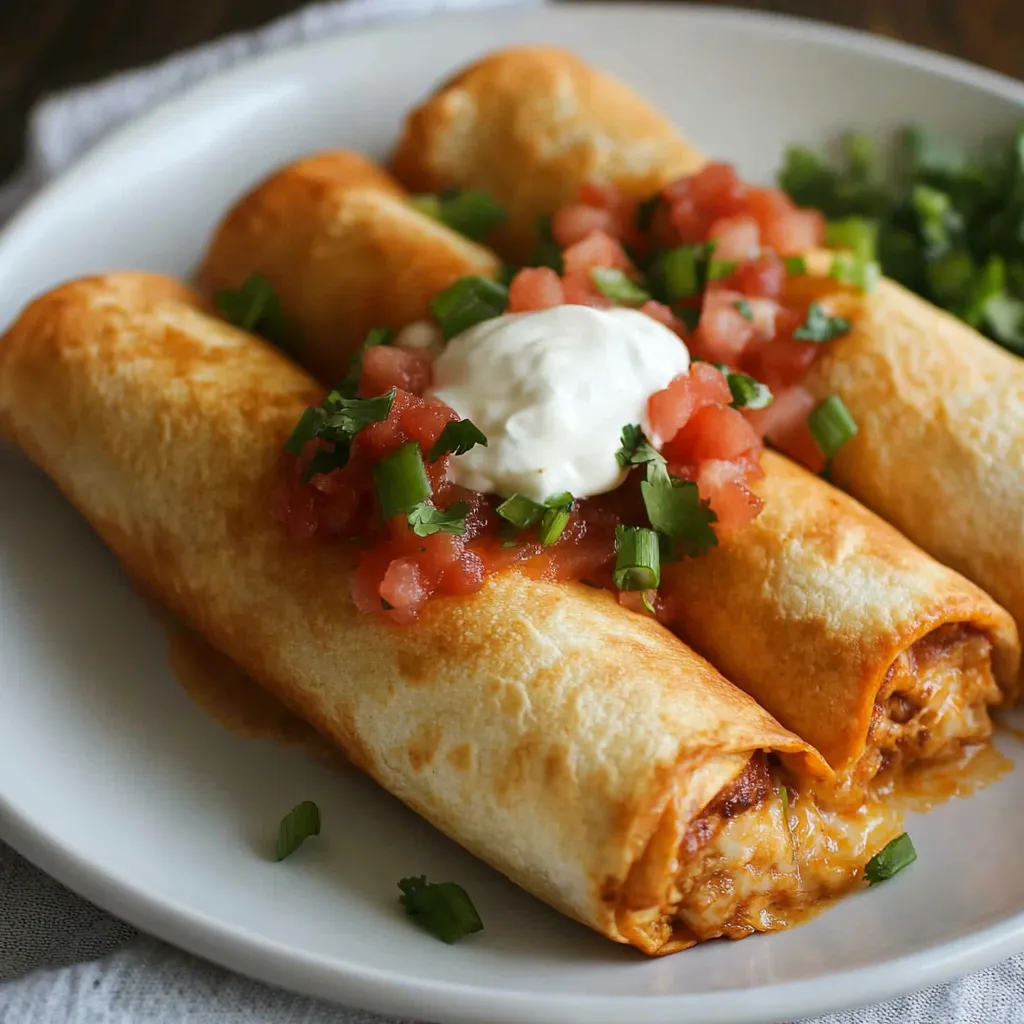 Pin it
Pin it
The moment you bite into a super crunchy chimichanga, you'll understand the magic that happens when a simple stuffed tortilla transforms in the cooking process. In my home, chimichangas went from being a restaurant treat to our go-to family meal that always gets everyone running to the dinner table. Getting that perfect golden outer shell while keeping everything inside juicy isn't just about what you put in it – it's all about the technique.
I made a batch of these for our family get-together last Sunday, and my picky nephew who normally only eats plain chicken tenders couldn't stop grabbing more. The trick was getting him involved in putting them together, which made him excited to try his creation.
Key Ingredients and Smart Shopping Advice
- Chicken: Thigh meat works best because it stays juicy and has more flavor, though you can use breast too. Cook it slowly with onions and garlic, then pull it apart while it's still warm for the best results.
- Tortillas: Try to find the softest, freshest ones available. I grab mine from the nearby Mexican grocery where they make them daily. You'll really notice the difference.
- Refried Beans: Go for brands without extra chemicals, or try making your own. They help everything stick together inside.
- Cheese: Mix different types: sharp cheddar gives flavor while Monterey Jack melts beautifully. Always shred it yourself – the bagged stuff has additives that stop it from melting properly.
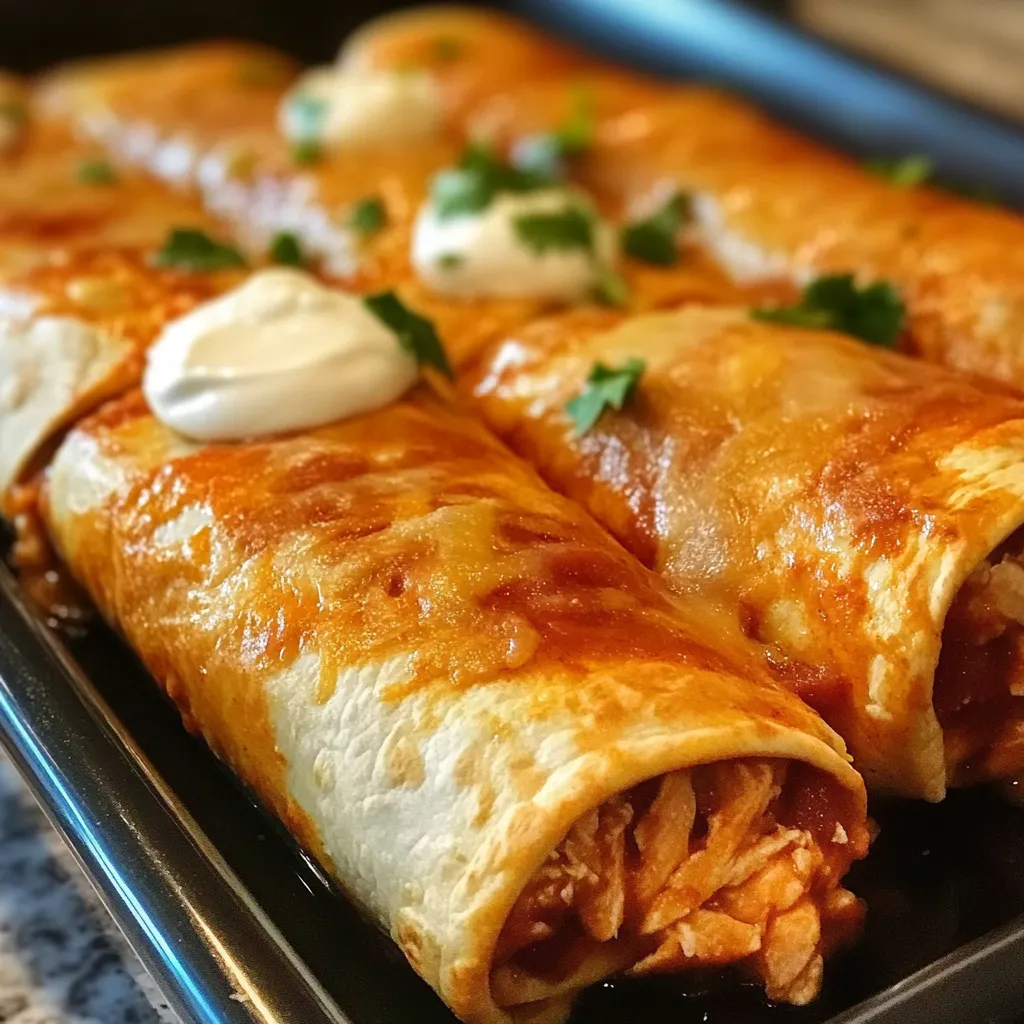 Pin it
Pin it
Creating Mouthwatering Filling
Everything starts with well-seasoned chicken. I like to simmer chicken thighs in tasty broth with onions, garlic and Mexican oregano. Let it cool just a bit, then shred the meat while it's still warm – this helps it soak up all your seasonings better. Mix in your beans and cheese while everything's a little warm so the flavors can blend together nicely.
Rolling Them Just Right
Getting the perfect chimichanga roll takes some practice. First, warm your tortillas – I put mine on a hot pan for about 10 seconds each side until they're soft but not crispy. Keep them wrapped in a kitchen towel so they stay flexible. Put your filling just below the middle, and don't overstuff them – that's really important for getting them to stay closed.
Three Ways to Cook Them
- Classic Frying Method:
- Get your oil hot in a heavy pan until it's shimmering but not smoking. Cook them seam-side down first – this helps seal the edge so they don't come undone. Keep the heat medium so they turn golden without burning. They usually need about 2-3 minutes on each side.
- Healthier Baked Option:
- If you want a lighter version, brush each one with a little oil and bake at 400°F. The trick is to preheat your baking sheet – it helps make the bottom nice and crispy. Put them seam-side down and bake for 20-25 minutes, turning them over halfway through.
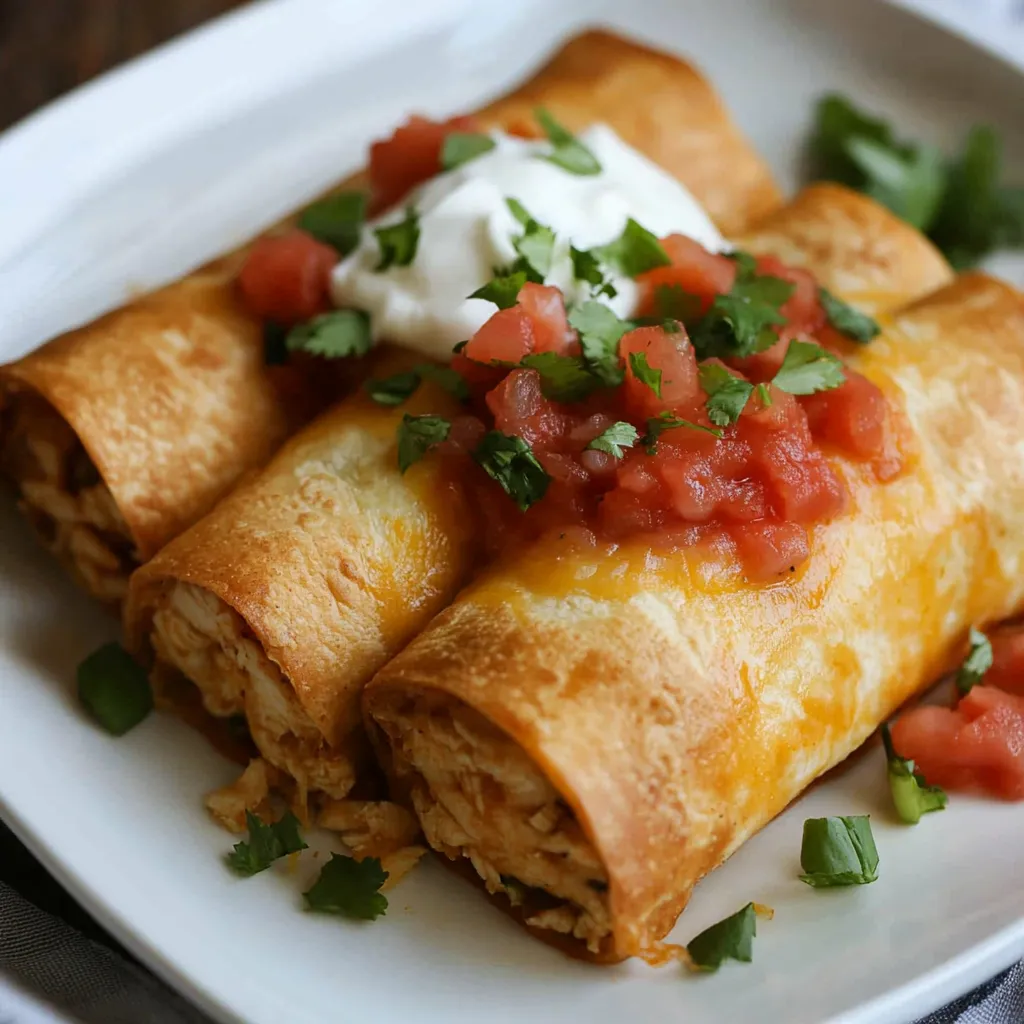 Pin it
Pin it
More Cooking Insights
The secret to amazing chimichangas is finding that sweet spot between a crispy outside and moist, flavorful inside. After making these countless times, I've learned it's all about technique and timing. It always amazes me how basic ingredients can turn into something so delicious, and I love sharing these cooking secrets.
My Chimichanga Story
I first learned to make chimichangas in my grandma's kitchen, where she showed me that taking your time and paying attention to little details makes all the difference. What started as trying to copy restaurant food has become something more meaningful – a way to bring family together and share culture through cooking.
History and Cultural Background
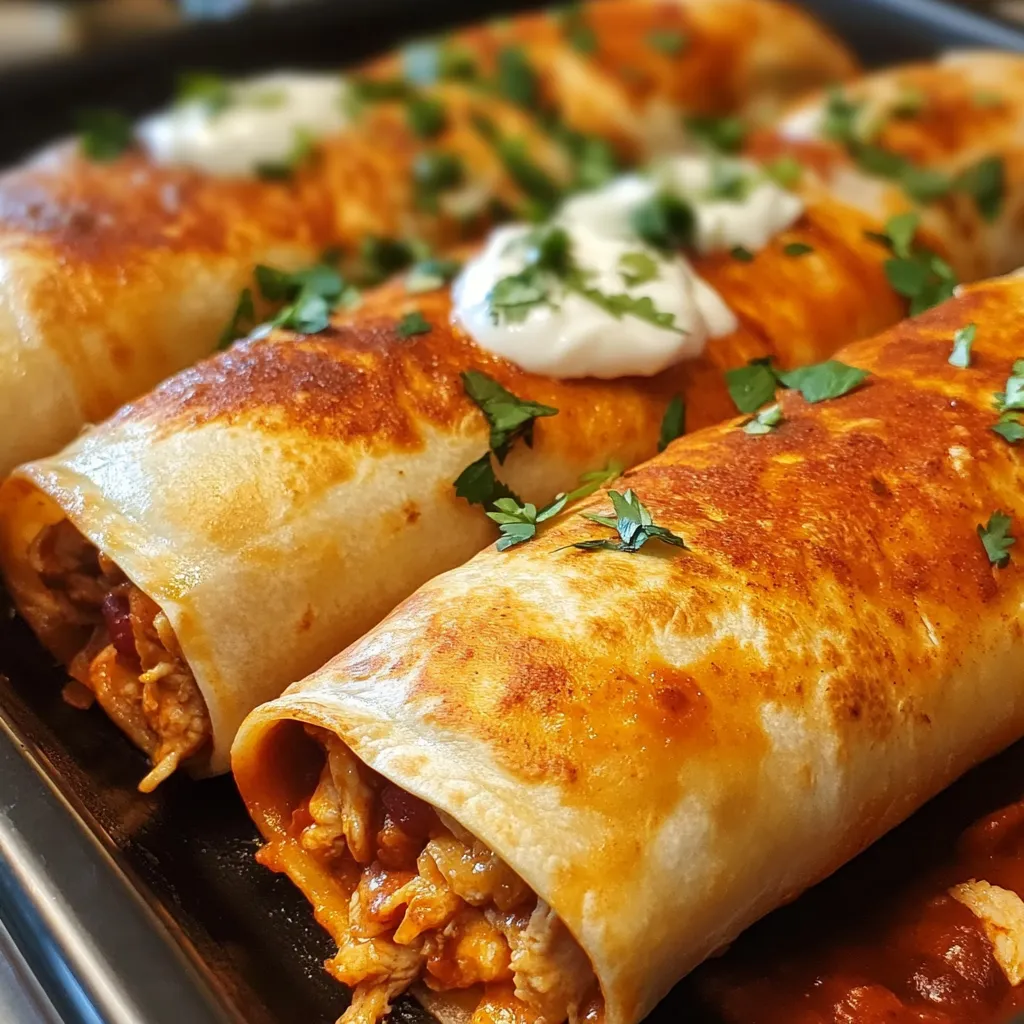 Pin it
Pin it
Chimichangas come from the blended food traditions of the American Southwest and northern Mexico. Legend says they were created by accident when someone dropped a burrito into hot oil, but now they're a beloved staple of Southwest cooking.
They really show how Mexican-American food keeps changing and growing to create new favorites. People might argue about exactly where they started, but there's no doubt about their importance in today's Mexican-American food scene. Every time we make chimichangas at home, we're taking part in this ongoing food tradition and adding our own touch to its story.
Closing Thoughts
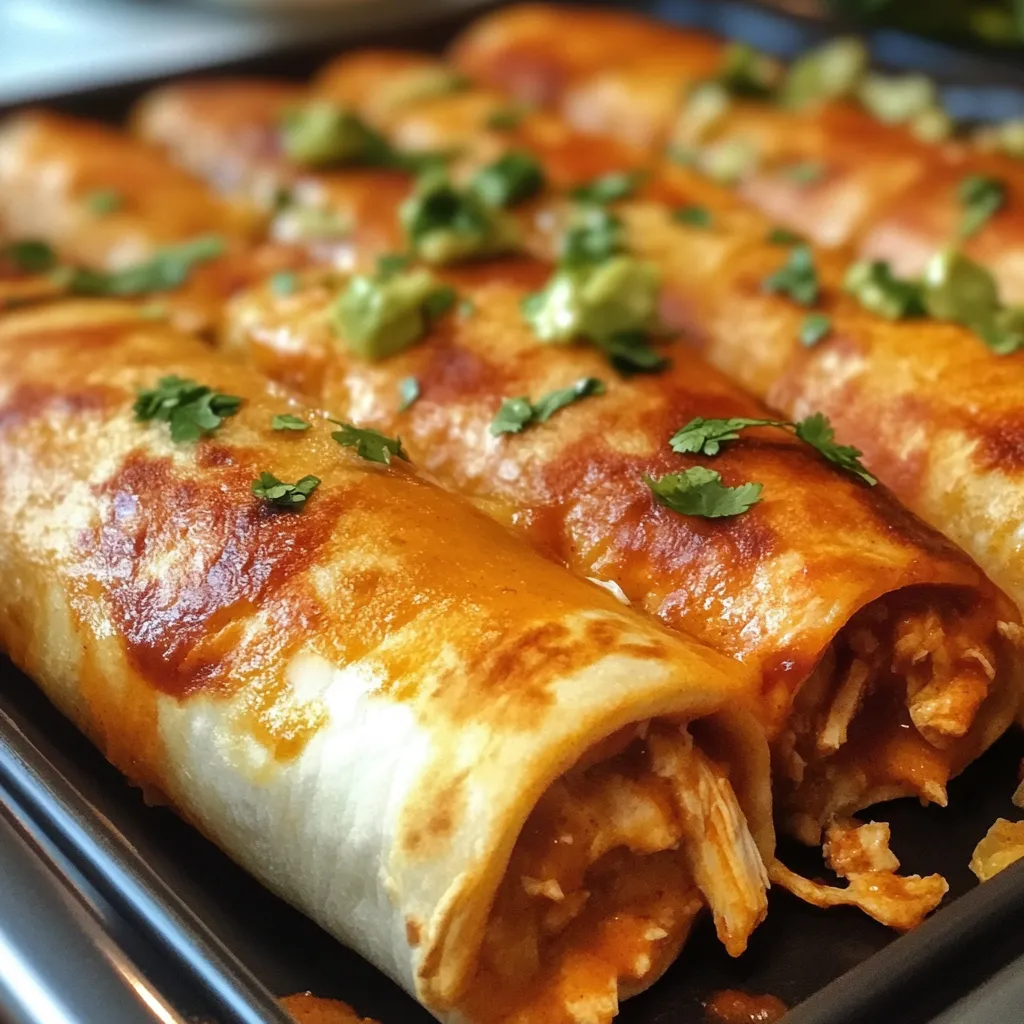 Pin it
Pin it
Whether you're cooking these for a weeknight dinner or a special occasion, remember that each chimichanga carries on the tradition of turning basic ingredients into something amazing through care, skill, and a love for good food.
Frequently Asked Questions
- → How are baking and frying different?
- Baking is easier and healthier, but frying makes them crispier and more traditional.
- → Can I prepare them in advance?
- Definitely! Put them together, refrigerate for a day, and cook when you’re ready.
- → Could I use leftovers for this?
- Totally, shredded rotisserie or leftover chicken works perfectly.
- → How do I keep them crunchy?
- Eat them right after cooking, and add your toppings at the end.
- → Do they freeze well?
- Yes! Assemble, freeze uncooked, and thaw before baking or frying.
